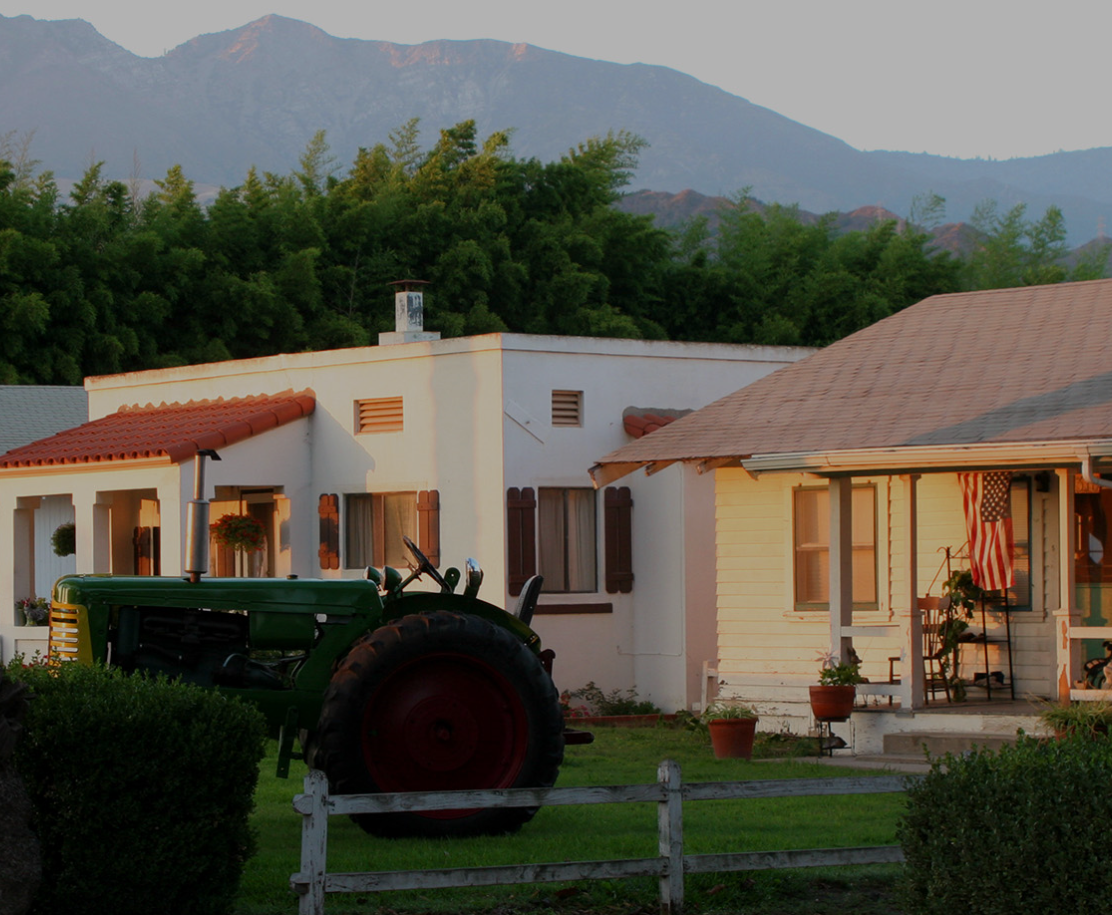County Launches Pre-Approved Building Plans for Farmworker and Accessory Dwellings

The County of Ventura unveiled three standard building plans for single-family homes at a Board of Supervisors meeting in October. These “pre-approved” plans will shorten the process for homes built on parcels that meet certain size and zoning criteria in the unincorporated county.
VC CoLAB advocated for these pre-approved plans to address the current difficulty and expense of building housing for workers on farm properties. Such single-family homes are unequivocally the most desired housing for farmworkers in Ventura County.
Chris Stephens, Director of the Resource Management Agency (RMA) stated the purpose of the plans: “to address the growing affordability challenges in Ventura County”.
The effort to produce the plans followed a Planning Division program adopted in 2013 and subsequent requests by VC CoLAB in meetings with Director Stephens, County CEO Mike Powers and Supervisor Peter Foy starting in 2014.
The County produced standard plans for 700, 900 and 1,200 square-foot homes (see plan package HERE). The work included RMA staff from Building and Safety, Planning, and Environmental Health Divisions. The effort also involved the County Fire Protection District and the Public Works Agency who will have a part in processing the related permits.
It is very unfortunate that an 1,800 s.f. standard plan was not produced with this package. Farmworker housing is specifically allowed on agricultural producing parcels of 40 acres or greater with a maximum size of 1,800 s.f., per the Ventura County Non-Coastal Zoning Ordinance. An 1,800 s.f. house could accommodate four bedrooms and be a good solution to house farmworker families. In addition, there needs to be a plan to accommodate bunkhouses within the allowed 1,800 s.f. standard plan footprint.
Farmworker units require annual documentation of a full-time agricultural employee living in the house. Full-time employees on the farm or ranch can include families of the owners.
The County will process these standard plans for farmworker housing and accessory dwelling units. Accessory dwelling units do not have employee restrictions like farmworker houses and can be built on smaller parcels depending on your location and zoning designations. And, in 2016, new California regulations were adopted to address statewide housing unaffordability, removing some of the local permit obstacles for accessory dwelling units.
The 700 s.f. standard plan is for a granny flat, having one bedroom, one full bathroom, a kitchen with an island, a family/dining room space and an inside washer/dryer closet. The 900 s.f unit adds a second bedroom. The 1,200 s.f. plan has 3 bedrooms and 2 full bathrooms. The plans include typical details for construction.
An accompanying fact sheet describes several caveats. First, the standard plans cannot be modified in any way to qualify for pre-approval. Also, a separate building permit is required for each house and the permit must be granted directly to the party who will be doing the construction, either the owner or general contractor.
With respect to the building code, the 1,200 s.f. unit will require a geotechnical/soils report. Per the fact sheet, the plans cannot be used to construct homes in the Lockwood Valley, La Conchita, or any areas with adverse geotechnical conditions or areas over 4,000 ft. above sea level.

Included in the package is a checklist to verify the following:
1) Legal lot status and zoning for the building type
2) Property is not subject to adverse geotechnical conditions and meets slope setbacks
3) Property will have adequate water supply
4) Property will have adequate sewage disposal
5) Building must have a fire sprinkler system and fire access and water flow must be adequate
Septic system sizing guidelines are included with the plans as general guidelines. If a new or expanded septic system is needed, it must be designed and installed per Appendix Chapter H of the Ventura County Building Code and permitted through the Environmental Health Division.
When considering any new structures on an unincorporated property it is wise to check your files for existing septic system permits prior to going forward. Modifications to an existing septic system and/or new installations on a property with an old system could be prohibitively expensive if the existing system(s) were built without permits. Keep in mind that certain work done on existing septic systems may require a permit by the Environmental Health Division.
In fact, before considering a new farmworker or accessory unit on a parcel with existing structures, it is advisable to check to see whether building permits were issued by the County of Ventura for structures built after 1947 on the property. Structures without permits built after that date could be required to be brought up to existing building standards before new structures are allowed on the same parcel.
If all of the above considerations are met, a rough estimate of construction costs would range from $150 to $175 per s.f. The cost of a new septic system in an area of good percolation is estimated at $12,000. The Ventura County permit fees for building on a legal lot where the zoning requirements are met is estimated at $7,000. This would not include a more complicated project requiring a geotechnical report, grading plan or discretionary tree removal permit.
Another option for a farmworker dwelling unit that may save costs is a mobile home or pre-fabricated housing product transported to the property. However, before buying such a unit, check that it has a tag allowed by the Ventura County Building and Safety Division and get a cost estimate of constructing the foundation with seismic requirements.
We are hoping that the cost of construction of these units on an existing parcel through this accelerated standard plan process will be a viable option for granny flats, multigenerational farm housing, farm and ranch managers, and accessory rental units. However, we believe that the lack of an 1,800 s.f. plan will lessen the demand for this program.
CoLAB appreciates the County RMA and other agencies collaborating to develop the pre-approved standard plans for worker housing in the unincorporated areas. We recognize that staffing for this project had to be worked into the many priorities in each department and are looking forward to the next phase which will add an 1,800 s.f plan to the package.

